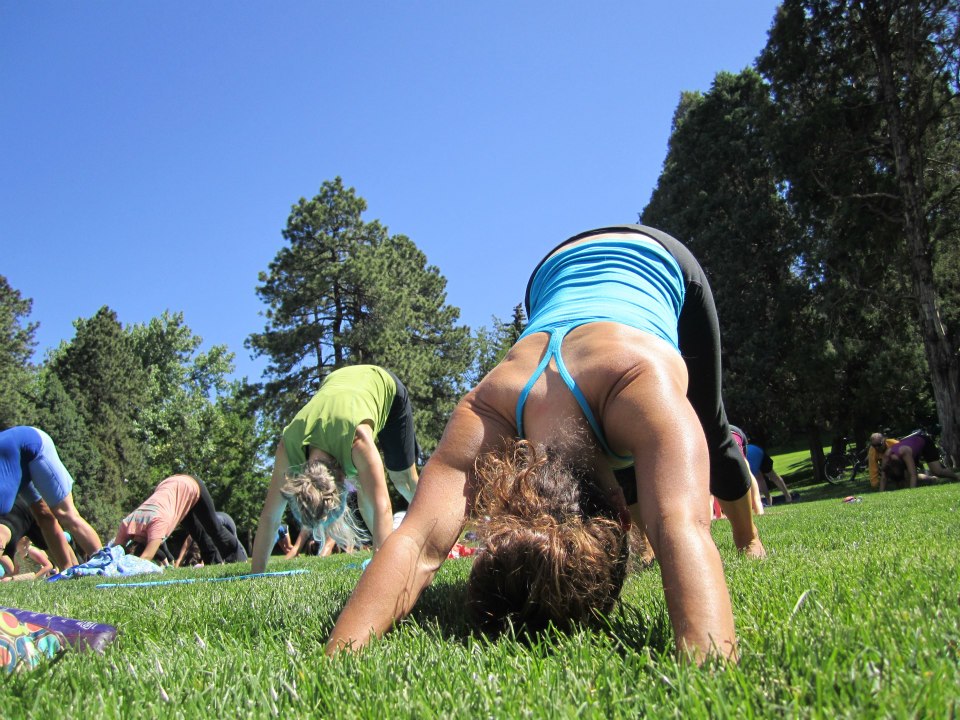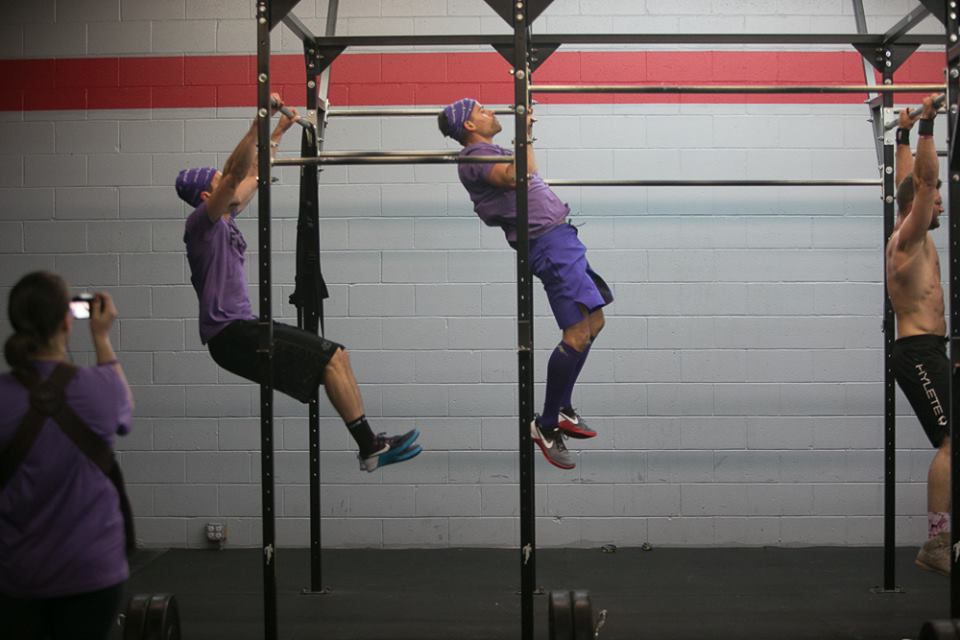I once had a friend tell me, “There are two kinds of runners: those who are injured and those who are about to be.” While this may be an oversimplification of matters, the truth is that anyone who engages in a sport can become injured. Running is a high-impact, repetitive-motion sport, so certainly this could potentially set an athlete up for an injury if care is not taken during training and racing. Of course, runners, generally speaking, love to run! So moderation and patience are not always practiced in one’s training program. There are things that we can do to minimize the chances of becoming injured, however. I talked to Project Purple’s Coach Jane this month about preventing injuries and coming back to running following an injury.
Question: Coach Jane, besides increasing mileage slowly, what is your opinion on strength training as a way to prevent running injuries?
Coach Jane: Regular strength training is an important complement to any running program as studies have shown that it can improve performance and decrease the risk of injury. A comprehensive strength training program that includes balance, flexibility, mobility and strength exercises is the best way to foster a strong and injury-resistant body. Circuit training is a great way to build strength. Circuit training should incorporate body weight exercises that require strength and coordination like squats, lunges, burpees, push-ups and plank exercises. Explosive plyometric exercises like one- and two-legged jumps and drop jumps also help optimize running economy. In addition, weight training has also been shown to help running performance. Recent studies have demonstrated that lifting either small dumbbells or large barbells can produce similar strength gains as long as you lift to momentary failure, in other words the point at which you are unable to complete another repetition with perfect form. Perform weight exercises that target both the upper and lower body as well as hips, glutes and abdominals, as a strong balanced core is important to help improve running economy. Aim for three sets of each exercise twice per week. If you aren’t sure of what strength exercises to do, try to find a strength training class at your local gym or take an outdoor circuit training class.

Question: What about incorporating other types of cross-training into your running program?
Coach Jane: In addition to strength training, incorporating biking and swimming into your training regimen is a great way to improve cardiovascular endurance and reduce the risk of injury. Biking is great to increase leg strength and swimming is an excellent cardiovascular workout that offers the body a break from the pounding of running. Pilates and yoga are a great way to improve flexibility and balance.

Question: If you are advising someone who is coming back from a running injury, what do you recommend?
Coach Jane: If you are coming back from an injury, a gradual progression back to running is key to avoid getting re-injured. Incorporate strength training twice per week and do your hard interval workouts on the bike or in the pool so that you don’t do too much too soon running. Depending on how long you’ve been sidelined for, I would recommend doing easy runs only for 4-8 weeks, increasing mileage by no more than 10% per week, before increasing the intensity of your runs. Once you are ready to start interval workouts, I would start with tempo and fartlek runs before attempting high intensity workouts on the track. It may be tempting to jump into workouts, so remind yourself of the misery of being injured in order to restrain yourself from going down that path again!
Question: Any final thoughts on injury prevention?
Coach Jane: Adopt a holistic approach to training by ensuring you rest and recover properly after all of your workouts. Never do hard runs on back-to-back days, take one full rest day per week, and pamper yourself with regular massages. Taking care of little aches and pains throughout your training can prevent them from turning into bigger issues that end up sidelining you for months. Make sure to listen to your body; if you are feeling unusually tired or sore after a workout take an extra day off! It won’t have any negative impact on your fitness, if anything it will make you stronger in the long run, pun intended!

Sign up to run with Project Purple and gain access to Coach Jane’s individualized training plans and running advice!



